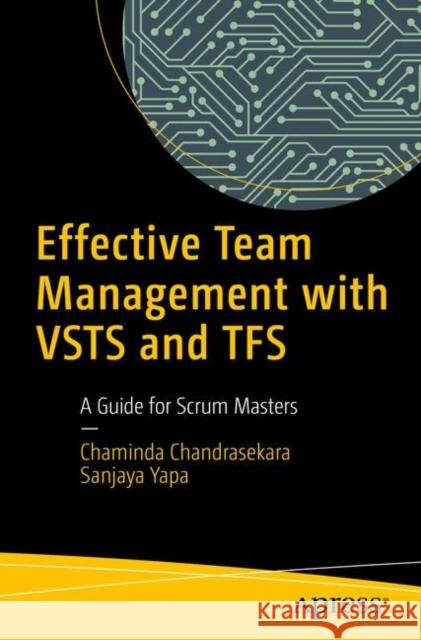Effective Team Management with Vsts and Tfs: A Guide for Scrum Masters » książka
topmenu
Effective Team Management with Vsts and Tfs: A Guide for Scrum Masters
ISBN-13: 9781484235577 / Angielski / Miękka / 2018 / 167 str.
Kategorie:
Kategorie BISAC:
Wydawca:
APress
Język:
Angielski
ISBN-13:
9781484235577
Rok wydania:
2018
Ilość stron:
167
Waga:
0.29 kg
Wymiary:
23.7 x 15.3 x 1.4
Oprawa:
Miękka
Wolumenów:
01
Dodatkowe informacje:
Wydanie ilustrowane











